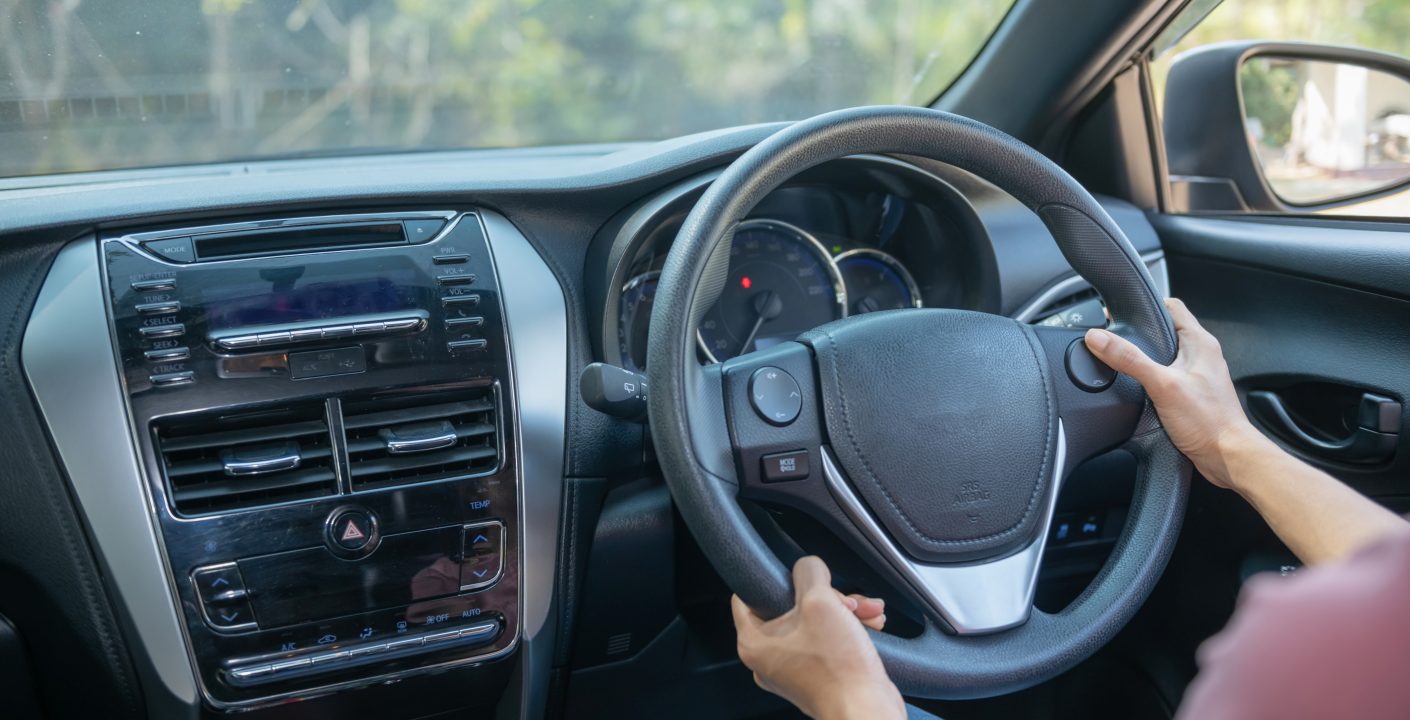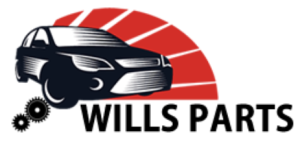Understanding Car Steering Angles and Wheel Alignment Angles

The car steering angle is the angle at which the front wheels are turned relative to their straight-ahead position. It sets the radius of the vehicle’s turn and controls its maneuverability. The steering angle determines how sharply a car can turn and is critical for navigating bends, parking, and overall handling. Understanding the steering angle is critical for drivers to handle their vehicles properly and safely. Driving a car requires more than just pushing the accelerator and braking pedals. Steering is a crucial part of vehicle control that is impacted by numerous angles related to wheel alignment. In this comprehensive guide, we’ll go over the complexities of car steering angles and wheel alignment angles, shedding light on their importance and impact on driving performance.
-
Steering Angles:
Ackermann Angle:
The Ackermann angle is the difference in turning angle between the inner and outer wheels as a vehicle makes a turn. It guarantees that all wheels follow pathways with varying radii, resulting in smooth and steady cornering. The Ackermann angle reduces tire scraping and enhances handling.
Steering Angle:
The steering angle, also known as the wheel angle or turning angle, is the angle formed by the wheels’ straight-ahead position and the direction in which they turn. It sets the radius of the vehicle’s turn and controls its maneuverability. The maximum steering angle varies by vehicle, however, it is normally between 30 and 40 degrees for most cars.
-
Wheel Alignment Angles:
Camber Angle:
Camber angle is the vertical tilt of a wheel relative to the road surface as seen from the front or back of the vehicle. It may be favorable, negative, or neutral. Positive camber tilts the top of the wheel outward, negative camber tilts it inward, and neutral camber keeps the wheel perpendicular to the road. Proper camber alignment results in uniform tire wear and good handling characteristics.
Toe Angle:
Toe angle, also known as toe-in or toe-out, refers to the angle formed by the longitudinal axis of the wheels and the centerline of the vehicle when viewed from above. Toe-in means the front edges of the wheels are closer together than the rear edges, while toe-out means the front edges are farther apart. Proper toe alignment affects steering stability, tire wear, and fuel efficiency.
Caster Angle:
The caster angle is the angle between the steering axis and the vertical axis of the wheel when viewed from the side of the vehicle. It influences steering feel, returnability, and straight-line stability. A positive caster angle positions the steering axis behind the vertical axis, enhancing stability and self-centering action.
-
Maximum Steering Angle:
A car’s maximum steering angle is determined by a variety of factors, including its design, suspension geometry, and tire size. Typically, passenger cars have a maximum steering angle of about 30 to 40 degrees. In contrast, high-performance or off-road cars may have slightly wider steering angles to enable tighter turns or harsh driving conditions.
To summarise, understanding car steering angles and wheel alignment angles is critical for maintaining vehicle stability, minimizing tire wear, and improving driving performance. Proper alignment ensures that all wheels perform in harmony, making for a safer and more comfortable driving experience. By paying attention to these angles and evaluating and changing wheel alignment regularly, drivers may extend the life of their tires and improve their vehicle’s handling skills.
Image By Jcomp On FreePik






